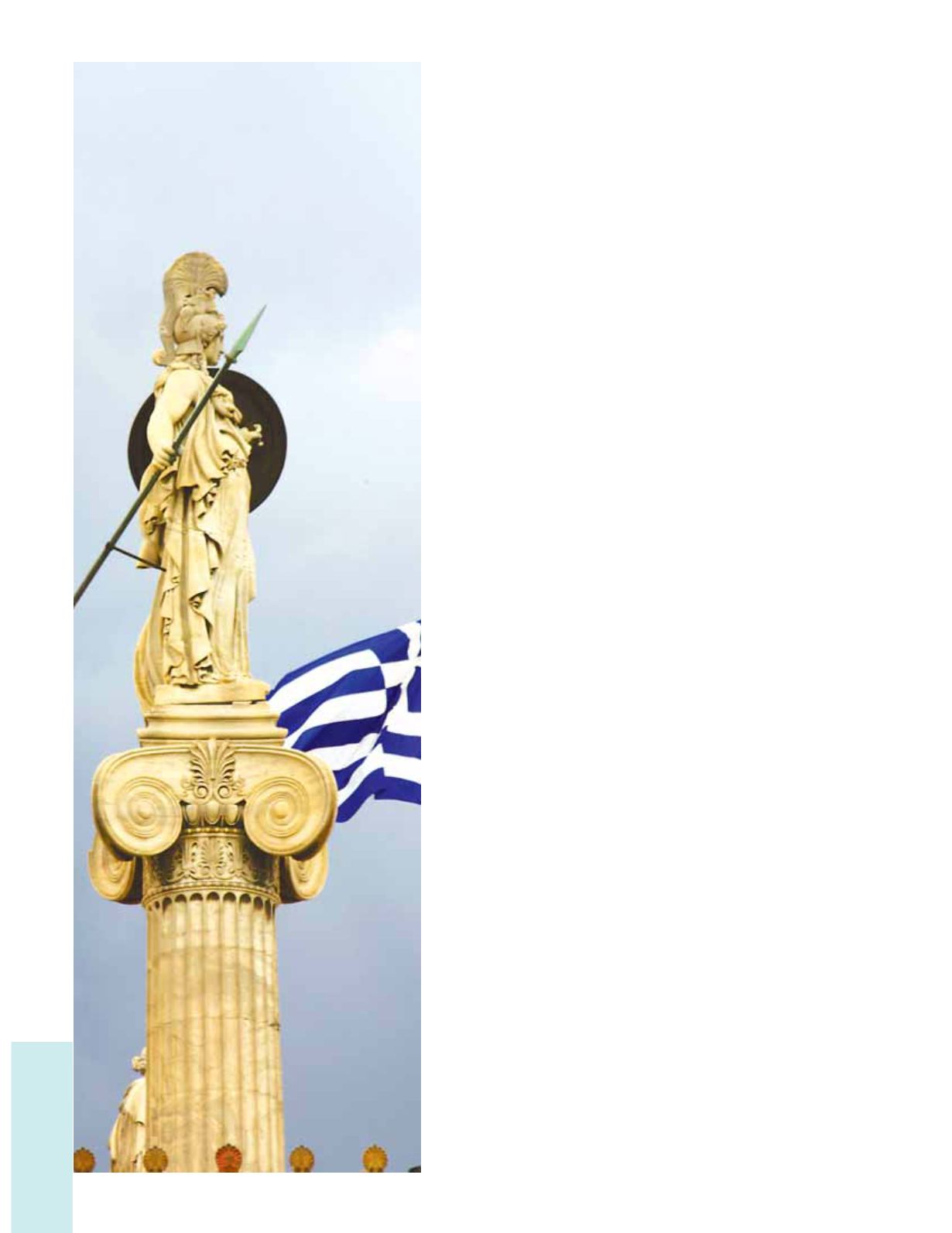
Trade with Greece
48
and -63.9 in January 2016) as a result of the
households’ increased pessimism regarding
the country’s overall economic situation, and
the evolution of unemployment and savings.
• Goods exports, excluding fuels, were reduced
in December 2016 (-5% in terms of value, and
-7% in terms of volume), after 5 months of
uninterrupted growth. However, they were
increased by +1.2% year-on-year, while at
constant prices they rose by +4.3% in 2016, on
top of a +5.7% increase in 2015.
• The growth of industrial production in manu-
facturing, excluding fuels, was also reversed in
December 2016 (-2.7%). However, industrial
production increased by +3.1% year-on-year,
on top of a +1.9% increase in 2015.
• Capital controls apparently continue to con-
tribute to the deterioration of revenues from
services, especially transportation, during the
period January-November 2016 (down by
11.5% and 23.9% respectively), while the
increase in tourist arrivals is not accompanied
by an increase in tourism earnings (down by
6.6% in the period January-November 2016).
• Despite the decrease of the unemployment
rate, the number of registered jobless individu-
als in search of employment started to
increase since May 2016, and by December
2016 it had increased by almost 52 thousand
on a year-on-year basis. The above mixed
trends demonstrated that the economy’s stabil-
isation is in risk of being reversed.
• According to the Association of Greek Tourist
Enterprises (SETE), tourism revenues might
amount to 14.5 billion euros in 2017, increased
by 9%, following a 6.4% fall to 13.2 billion
euros in 2016. SETE also predicts that arrivals
might soar to 27 million visitors, from 25 million
last year.
”
“
The situation that emerged
in the very first months of
2017 made it absolutely
clear that this year will be
critical for the medium
term prospects of the
Greek economy.


